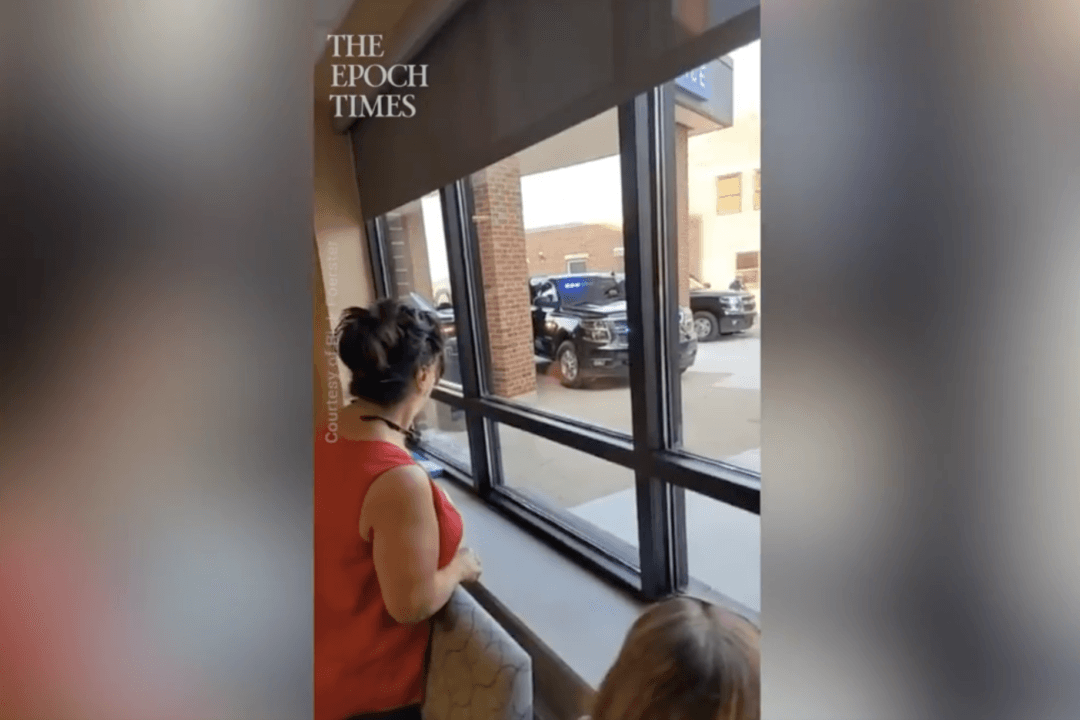When nurses have too many patients to care for, medications are given hours late, and patients must wait for basic needs like bathing, toileting, eating, and drinking to be met. Those who can’t hold their own cups must wait for a few sips of water and are sometimes found with visibly dry lips.
The bill would establish minimum nurse-to-patient ratios, limiting the number of patients individual nurses could care for at one time, in various cases. For example, the bill calls for a direct care registered nurse in an emergency department to be assigned to no more than four patients, or no more than one trauma patient.
In an intensive care unit, a direct care registered nurse may be assigned to no more than two patients.
In a labor and delivery unit, a direct care registered nurse would be assigned to no more than two patients if the patients are not in active labor; or, one patient if the patient is in active labor or is having complications.
Legislation From Union
According to Nurses’ Journal, California is currently the only state that has passed a law mandating a specific nurse-to-patient ratio in every unit. Other states are considering minimum staffing laws, however, and the push for such legislation could go national. Sen. Sherrod Brown (D-Ohio) and Rep. Jan Schakowsky (D-Ill.) are working on similar legislation at the federal level, backed by National Nurses United, a union of registered nurses.On its website, National Nurses United says 1 million registered nurses with active licenses are not currently working as nurses, but predicts that they would return to that work if hospitals create better conditions.
The average patient-to-nurse ratio in Pennsylvania is 5.6 patients per nurse, for adult medical surgical patients outside the intensive care unit, but the ratio ranges from three patients per nurse to 11 patients per nurse, testified Linda Aiken, Ph.D., R.N., founding director of University of Pennsylvania School of Nursing’s Center for Health Outcomes and Policy Research.
“And by the way, the patients in the hospital of the nurse that has 10 other patients, didn’t know that before they got there, because there’s no transparency in what the staffing ratios are to the public, so they’re unable to take an informed step with regard to which hospital they should go to,” Aiken said. “This is important because we know from, not only our 25 years of research, but from hundreds of studies that have been done both in this country and in other countries, that nurse staffing levels are one of the most important factors that determine whether patients live from their hospital admission and whether they are readmitted within 30 days, when they go home.”
According to Aiken, there is not a nursing shortage. The state has 100 nursing schools and those schools are graduating about 9,000 a year, she said. Nationally, about 185,000 new nurses join the workforce annually.
The problem, nurses say, is that burnt-out nurses have left the profession, are frequently moving from one facility to another to find a better work situation, or have taken jobs as traveling nurses that pay more and give them more control over their hours.
Wounded by COVID
Several nurses spoke of their difficult work during the COVID-19 pandemic.“The pandemic has shed a stark and tragic light on the state of nursing, and specifically our wellbeing,” David Scher of the Pennsylvania State Nurses Association testified. “The staffing issue is not new. However, the results of the pandemic have truly brought this issue to the forefront of health care and nursing at large. Understaffing leads to poor patient outcomes, leading to increased burnout of nurses, poor attrition, frequent turnover, thus perpetuating a cycle of sub-optimal staffing.”
Several nurses spoke of the “moral injury,” they have experienced, trying to care for more patients than they can handle and being put into positions of making impossible decisions.
“Those of us who worked clinically can attest to this. The one extra patient to your already busy and overwhelming assignment, won’t be getting the care they truly deserve because sadly, we are too busy running from one patient to another,” Scher said. “While we as nurses strive to do our best, that one extra patient can be the straw that breaks the camel’s back. It is the patient that we so desperately want to give the same care as the others, but due to staffing shortages, they often fall through the cracks.”
He recalled worrying about patients on the drive home from his shift, wondering if he had given them the care that they and their loved ones deserved.
Hospitals: Government Mandate Is Not the Answer
“There is a well-documented national health care workforce crisis and Pennsylvania is projected to have the worst shortfall of nurses among all 50 states. We desperately need more nurses—and more of the many health care professionals who support their vital work—to care for Pennsylvanians,” Liam Migdail, spokesman for the Hospital and Healthsystem Association of Pennsylvania, told The Epoch Times.“Hospitals are aggressively working to recruit and retain nurses, offering extraordinary pay raises, bonuses, loan repayment, schedule flexibility, and other incentives. Despite these efforts, hospitals report that, on average, more than 30 percent of direct care registered nurse positions remain unfilled, and finding qualified candidates is their top barrier. There simply are not enough nurses.”
Pennsylvania state Rep. Kathy Rapp (R-65th District) said hospitals have told her that government-mandated ratios could force them to close units and beds, especially in rural areas where there are fewer people to hire with the needed skills.
“They’re recruiting every single day. They’re offering bonuses—sign-on incentives—and if they still can’t find these nurses, they will close hospital beds, and maybe entirely,” Rapp said during the hearing.
Aiken said rural hospitals have not yet closed in California because of nurse staffing. However, the Center for Healthcare Quality and Payment Reform reports six California hospitals are at risk of closing. Legislative proposals have been launched in California to provide emergency loans to hospitals facing closure or those trying to reopen.
“State government mandating one-size-fits-all nurse staffing ratios across all hospitals will not produce more nurses or make care safer,” Migdail said. “Instead, it will result in Pennsylvanians waiting longer for, and having less access to, vital health care, by forcing hospitals to close beds and reduce services to comply with state law.”





